What actually Green
Tea is?
HERE ARE THE FACTS ABOUT GREEN TEA
Many people get surprised, when they know that green tea and black tea is originated from the same plant species such as “Camellia sinensis”. They want to
know, how green tea becomes green, and black tea becomes black from the
same tea plant and how they are processed in different verities?
In this article,
we have tried our best to give you enough information related to green tea. Camellia
sinensis evolved hundreds of cultivars and hybrid plant from many years because
any type of tea can be made from the leaves of Camellia sinensis plant. Thus it has two principle verities from which the tea
we drink is produced.
CAMELLIA SINENSIS SINENSIS:
Camellia Sinensis Sinensis is a small-leafed tea plant,
native to china which is use in making green tea and white tea. This type of
shrub grows in sunny regions with cooler and drier climate because it has high
tolerance for cold, and that’s why it thrives in mountainous regions.
Camellia sinensis assamica is a large-leafed tea
plant which is discovered in Assam district in India. This plant
variety is used for producing stronger black tea and it is grown in moist, warm
climate and in sub-tropical forests.
We have already discussed
that all types of tea is originate from the same plant species but nowadays
different types of green tea are produce and grown all over the world like in
Sri Lanka, Taiwan, New Zealand, Hawaii, Japan, India, Bangladesh, China, and even
in South Carolina.
However, green tea is considered to originate from china and
even today the word tea in china refers to green tea only, not to the other
different category of tea as it does in the West. Yunnan province in china is
to be considered as the original home of the camellia sinensis because worlds
380+ tea verities are found in Yunnan.
One popular legend suggested Shennong, Emperor of China and
inventor of Chinese medicine, he discover tea as a beverage in 2737 BC, when leaves fell into the cup of boiled water from the tree. Some credit
was given to Buddhists in the 500 BC for the discovery of green tea because
they travel between India and China for spreading their religion, culture, and
ritual of tea.
Buddhist monks harvested grew and produce green tea because
of their habit of drinking green tea as physical refreshment for aiding a
meditation as a substitute for alcohol into a spiritual and social way that
spread across China. Green tea has been popularized in Japan in 1190, when a
Zen priest visited and studyed about China’s great Buddhist monasteries and returned
to Japan with seeds and bushes of tea plant.
The young priest, Eisai grown and drink green tea in
china for popularizing the green tea ritual within his own community of
Buddhist monks and throughout the rest of Japan. Thus, from that day
till now, China and Japan were considered as the top two green
tea producers and exporters in the world.
Processing
of Green Tea:
In this process the tea leaves of Camellia
sinensis plant are harvested, quickly heated and dried to prevent them from too
much oxidation because it turns the green leaves brown and alter their
fresh-picked flavor. Typically Green tea brewed is green, yellow or light brown
in color; if green tea is brewed correctly then tea should be quite light in
color and mildly astringent.
But in contrast, the black tea is produced when these tea leaves are fully oxidize before they are heated and dried. During the oxidation process
for black tea oxygen interacts with the tea plant’s cell walls, it turns the
leaves from brown to black color thus it significantly alter their flavor
profile.
1.Steaming → 2.Cooling → 3.First Rolling → 4.First drying (110°C/70°C) → 5.Final rolling → 6.Final Drying (120°C/80°C)
Green tea process consist of following
steps such as steaming applies light heat to the leaves which help them in the
oxidation process before the leaves are rolled into shape and also helps to expose the fresh, grassy flavor of
the leaf. It is not oxidize after the rolling step that’s why they contain the
light color and flavor.
Fixing:
Green tea need no oxidation because it
is non-fermented type of tea and the traditional methods is used for processing such
as it involves light withering which is followed by heating referred as fixing,
rolling and drying. When the leaves are plucked, immediately they are taken to
the factory for fixing process because this prevents the leaves from oxidizing
and for turning brown.
This process can be carried out in pans
or steam tunnels or woks set over wood stoves because a tea will develop
particular kinds of flavor Depending on the extraction conditions and choice of
fixing methods such as slowly pan-fixed green tea is sweeter in taste then high
fired tea.
Fixing step is done to get the proper smell, taste, and color of green
tea by destroying the activity of enzymes completely in fresh leaves by
stopping the enzymatic oxidation of polyphenols. Evaporation in fresh leaves is
done for making it soft and to enhance the toughness for making the next step
easier.
Rolling:
When the fixation process is done, the leaves are then
passes through the rolling process. Rolling is done by hand or by using
different types of rolling machines for giving their final shape. This process
is helpful for the breakdown of cell walls and for extracting the aromatic
compound which are concentrated across many layer within the leaf.
The main purpose of rolling is to give shape to the leaves in order to make the drying step easier as well as to make the better quality brewing out of the tea liquor.
Drying:
This step is carried out in
the industrial dryers or pans and it is carried out until the moisture content
in the tea leaves is reduced to about 1% of the total weight of the leaves.
Drying process is responsible particularly for many new flavors and for improving the appearance of tea leaves. After doing all the above process green tea leaves are ready to make a cup of green, fragrant and sweet light taste tea.
Caffeine
content in Green Tea:
According to a common myth that green tea is caffeine-free naturally, but
it contain a minor amount of caffeine. Research shows that a cup of pure green
tea usually contains around 25 milligrams of caffeine per 8-ounce serving which
is considered to be a low amount of caffeine.
Here are some variances in caffeine levels in green
tea, some of the samples of caffeine measurements are listed in The Journal of Food
Science as follow All these samples were taken from eight ounces of water
per two grams dry green tea, brewed for three minutes:
Green Tea Samples
2. Stash Tea Premium
Green Tea - 30.6 mg
3. Ten Ren Green Tea -
16.5 mg
4. Peet’s Coffee Green
Tea - 33.5 mg
5. Stash Tea Decaf
Green - 7.4 mg
6. Lipton Green Tea -
16.4 mg
7. Celestial
Seasonings Green Tea - 13 mg
8. Stash Tea
Dragonwell Exotica Green Tea - 47.7 mg
Some variation of caffeine content in commercially available tea drinks
including drinks prepared in coffee houses or tea shops, or bottled drinks.
Thus here are some samples which are published by the producers of various
green tea drinks:
Commercially prepared green tea
samples
1. Snapple Green Tea (16 oz.) - 16 mg caffeine (7.4 mg per 8 oz)
2. SoBe Green Tea (20
oz.) - 36 mg caffeine (13
mg per 8 oz)
3. Lipton Brisk Green
Tea (12 oz.) - 5 mg caffeine (4
mg per 8 oz)
4. Nestea Peach Green
Tea (20 oz.) - 43 mg caffeine (16.6
mg per 8 oz)
5. Starbucks Green Tea
Creme Frappuccino (Tall / 12 oz.) - 76 mg caffeine (51 mg per 8 oz.)
6. Arizona Green Teas
(23.5 oz.) - 23 mg caffeine (under
7.6 mg per 8 oz)
7. Caribou Green Tea
Smoothie (12 oz) - 45 mg caffeine (29.4
mg caffeine per 8 oz)
As we know that specific level of caffeine per
cup of green tea is very hard to define because it depends on the type of green
tea as well as how it was processed and prepared. If we want to predict the exact amount of caffeine in a given green tea it
is very difficult, because very few companies publish their tea caffeine level
and we can't test it accurately without lab equipment.
Green Tea Tasting:
We know that green tea can
be hail from many different parts of the world and processed by using different
types of methods. So the green tea which we were brewing, its taste depends on
many factors, such as how it was processed, where it was grown, when it was harvested, and even how it was brewed.
Thus we have some common traits which are used
to describe the overall flavor profile of green tea such as buttery, nutty,
toasty, sweet, seaweed-like, broth-y, lush, vegetal, grassy, earthy, green and herbaceous.
Tricks for buying and storing Green Tea:
Sometimes green tea can
stale and it’s not as nice to sip that’s why people claim that they don’t like
green tea due to its taste. If you want, not to face such type
of situation then always buy tea from a reputable company that can tell you
when and how the tea was processed and packed and also about the
directions on how to brew the best cup of that particular variety of tea.
We know that green tea is less oxidized as
compared to black tea, that’s why it is more delicate, fresher and consumed
more quickly within six months to a year of purchase. For storing green tea we
must be careful to store it in cool, dark place, away from light, moisture,
oxygen and fragrant pantry companions like spices or coffee.
Green Tea brewing tips:
For preparing green tea it
depends on the variety and type of green tea you’re planning to brew, because
each type has different brewing temperature and steeping time instructions. We
have some general tea brewing tips to keep in mind for preparing a perfect cup
of green tea:
1. Use
pure, fresh, cold filtered water but spring water is the best option.
2. Typically,
green teas are brewed at around 160 to 180 degrees.
3. Especially
for green tea, if the water is too hot then the tea will release more
bitterness and astringency more quickly.
4. Simply
boil the water and allow it to rest before pouring it over your green tea
leaves.
5. Always
use 2 gram of loose leaf tea for 1 cup of water or use the specific
recommendations for steeping of green tea because it depends on the tea brand,
types and flavor.
6. Cover
the kettle for keeping all the heat in the steeping vessel.
Now, the cup of fresh green tea is ready to sip.
Some people add sugar and milk but adding sugar and milk is okay if you like to
season your cup of green tea but keep in mind that the flavor of green tea is
generally quite light and it will cover up with the addition of milk or
sugar, and it is also the addition of calories in your cup.


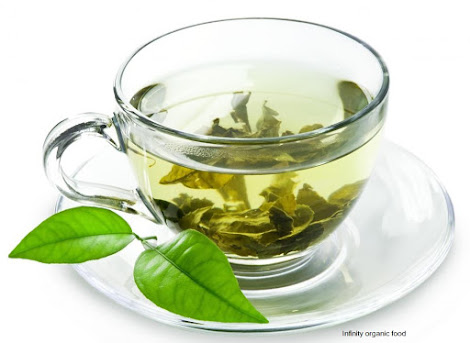


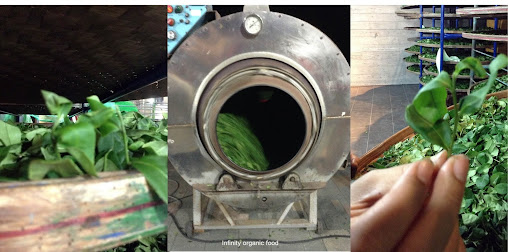



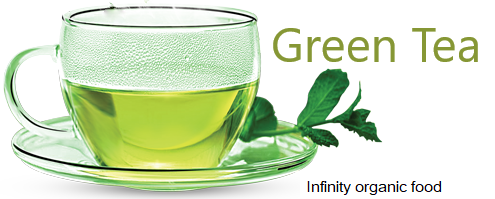
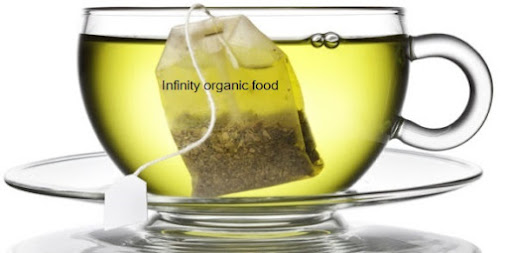
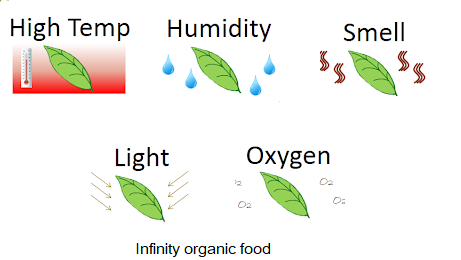






Comments
Post a Comment